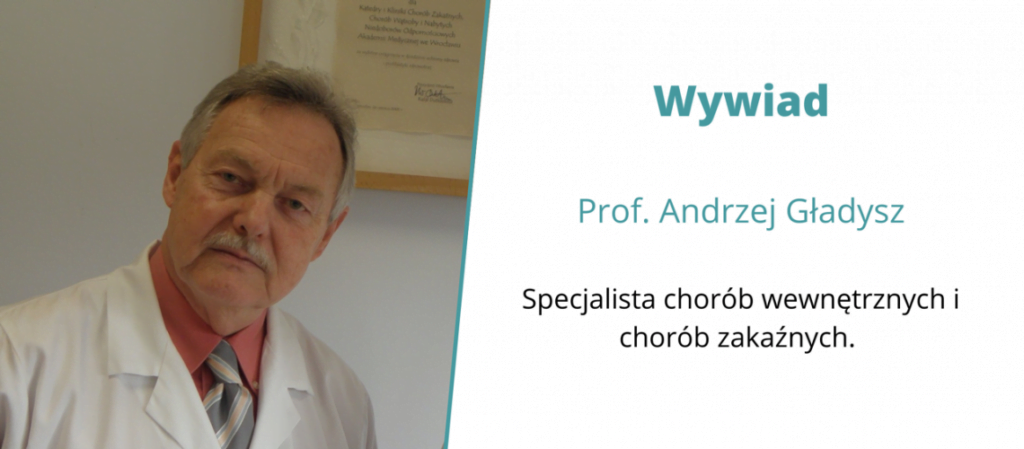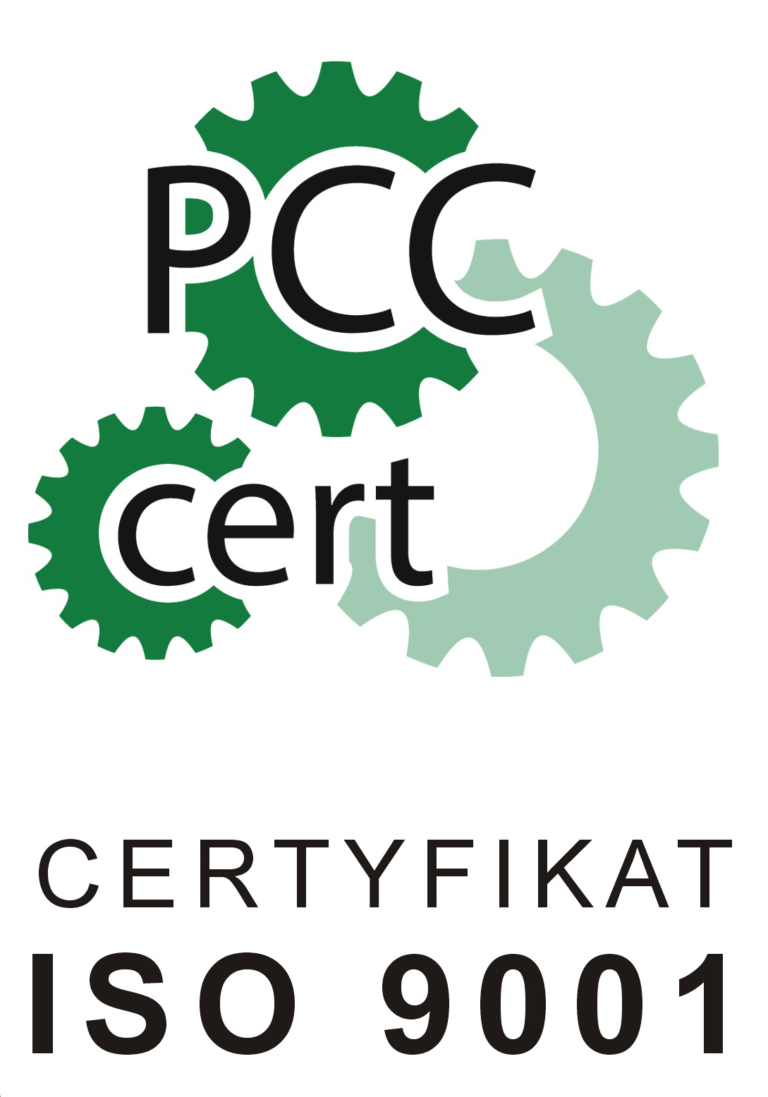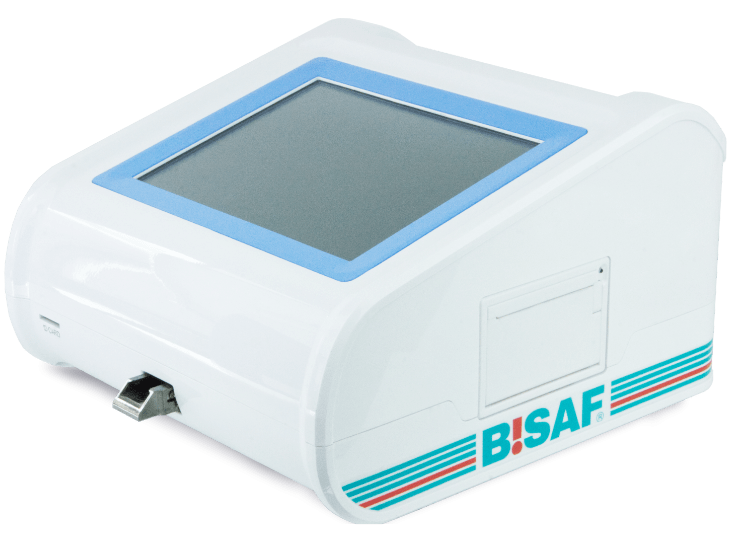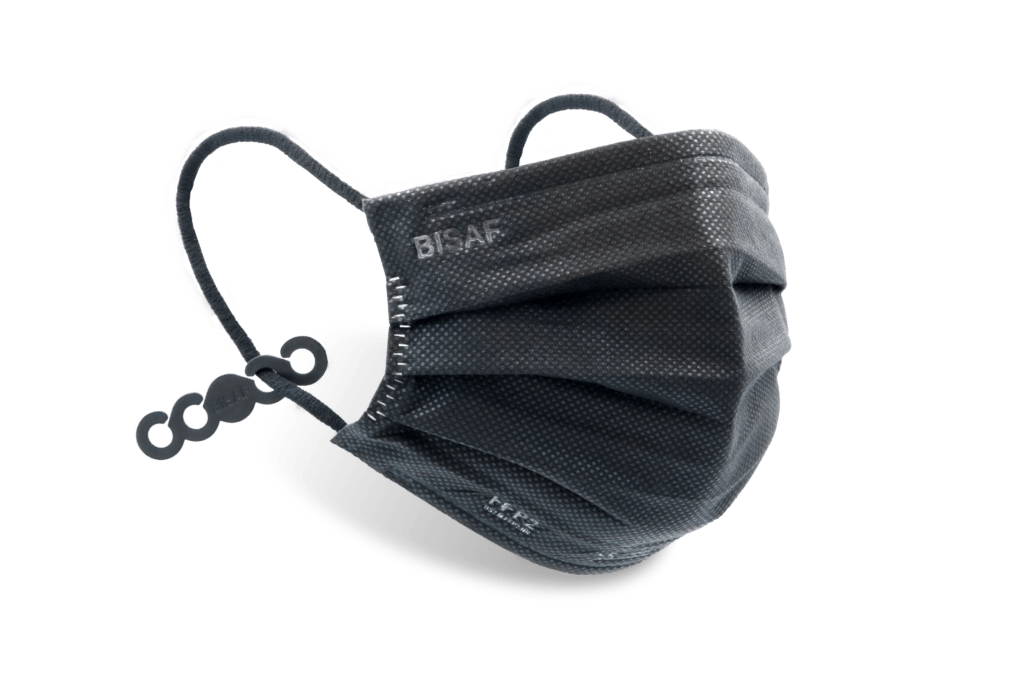Prof. Gladysz: Today, instead of asking WHY we need masks, we should rather, in my opinion, ask ourselves WHAT masks to wear. [INTERVIEW]
Professor, today I would like to address a topic about which it seems that everything has been said and written. You have emphasised many times that winning the battle against coronavirus is not only the effort of doctors, the whole medical world, but also the effort of the whole community, which has to comply with sanitary procedures, hygienic habits, etc. in a well organised way. Why is this so crucial?

Each time I emphasise that on this battleground it is the work of all of us that counts, not only doctors, the world of science but each and every one of us. To a large extent it is our social behaviour that is an important factor in the spread of diseases and this does not only apply to Covid19.
I understand that this applies also and perhaps especially to the safety measures we take and whether and to what extent we comply with them in social interactions. There is much information from various sources on how to protect the upper respiratory tract. Do you think that everything has been said on this subject as well?
Admittedly, it would seem that this subject has been completely exhausted. I think that there are not many people left who need to be persuaded to use masks. Today, instead of asking WHY we need masks, we should rather, in my opinion, ask WHAT masks to use. The pandemic has been going on for several months, so many practices and habits have already become established in our social and economic life. People have learned to function in this new reality. They know the importance of and the necessity to wear masks, to keep their distance, to wash their hands and, most importantly, to follow these regulations, which they understand and accept.
I think probably everyone, as I did, has been searching repeatedly in recent months for information on what masks are the most efficient. There is a great amount of information out there. Unfortunately, I lack a loud and conclusive voice to settle the question of which masks to use in terms of quality during the Covid19 pandemic.
There is actually a lot of ideas to organise here. I shall begin by drawing attention to a point which perhaps we miss or which is not quite so explicit. The medical mask, which we see in such common use in medical and other settings, is unfortunately not at all suited, and we should even say not appropriate, for use when a pandemic occurs. Why? Because its technical parameters and design were intended to fulfil a completely different function! However, in the fight against a coronavirus pandemic we need a more “sophisticated” tool. I am referring here, for example, to filtering half-masks, in other words, devices that are personal protection equipment. Only such devices provide effective protection for both the user and his surroundings. This coronavirus, unfortunately, is more cunning and therefore more effective in its transmission than other viruses, which in a way dictates the use of reliable tools that are effective for both the user and the person who is exposed. Under current conditions, the medical mask should be put aside, as it is regrettably not an adequate protection in this pandemic.
In that case, which devices to use? And why?
As I mentioned coronavirus has a natural gift for more efficient transmission compared to other viruses. It can survive for quite a long time in the air and is relatively resistant to temperature differences. It is able to survive on different types of surfaces such as clothing, hair and skin for varying lengths of time. This is why, among other things, hand hygiene is so important at the present time. With this kind of epidemic it is much more important to protect the upper respiratory tract, especially the nose. For this reason, we should use the most efficient equipment available. In this case, such a condition is met by the FFP2 and FFP3 type filtering half-masks, which are characterised by a very high level of protection. Let us remember that the effectiveness of protection depends both on the level of filtration, which in the case of these devices is very high, and on the amount of air that is sucked in through the mask’s opening. This is the basic difference between a medical mask and a filtering half-mask. The design of filtering half-masks very much limits the possibility to breathe air that does not pass through the filtering material. The achievement of this characteristic, which is epidemiologically significant, is tested by an adequate test. In the case of a medical mask, this feature was not the most important one as the device was supposed to perform another function to protect the patient, not the doctor. In a medical mask, a large part of the air gets through gaps and is not fitted to the face. I always emphasize that this mask was not designed to protect the wearer, but to protect the patient from contaminated aerosol that the doctor has exhaled!
I am convinced of the relevance of this argument, recommending the use of filtering half-masks during epidemic conditions. This is also regulated by legal argumentation and by the European standards which are in effect in this area, namely: EN 14683 for medical masks and EN 149 for filtering half-masks. In this respect, the law and the standards clearly indicate that equipment complying with EN 149 standard is recommended for the protection of the user and the patient. For these reasons, FFP2, FFP3 filtering half-masks should be used in the event of a virus outbreak.
Nevertheless, it should be remembered that the medical environment is a specific working environment where safety rules are stricter, as every patient may be a potential source of infectious disease. Therefore, all masks used in this environment are required to be safe for the user, especially during an epidemic, and this is related to their technical quality and biological safety.
The mask is worn over the face (mouth, nose), and these are places that can easily lead to additional bacterial infection. I sometimes see with horror how medical masks that do not have individual packaging are handed down by medical staff. In a short while, hospitals will be fighting bacterial infections spread by patients and staff. It is therefore very important not only during this pandemic to use the right equipment. To conclude – for protection, let us use, also in medical environments, filtering FFP2 and FFP3 half-masks, biologically safe and absolutely without ventilation valves which unilaterally protect only the user of the mask as there are already masks on the market with properties meeting both required standards of safety and freedom of breathing.
As you said, it is very important to work safely in a medical environment, and there is no doubt about that. However, I have heard from doctors that working constantly with their face covered becomes very burdensome because of restrictions on their ability to breathe freely.
Certainly, I hear this myself very often, but it is a matter of choosing equipment of the right quality. It is a question of choosing equipment that has a low breathing resistance, because this parameter directly impacts on the quality of breathing and therefore on working conditions. In Poland, we already have manufacturers who offer such equipment. They market half-masks tested for effectiveness of protection even against such a small particle as coronavirus. The National Research Institute in Warsaw has developed and introduced a research method that checks half-masks from this point of view. The half-masks I am talking about and which I know have been certified by the Central Institute for Labour Protection in this respect. Today, using the right equipment is as much a question of awareness as it is of the availability of these quality products. Especially considering that the virus is also spread by symptomless people, the optimum solution today would be to use FFP2 and FFP3 filtering half-masks, and to make them widely available, not only in every workplace and beyond, but also in hospitals. The elderly, who are more often patients in hospitals and clinics, thus – the most at risk of this pandemic, should be encouraged to use or even equipped only with such devices.
Interview conducted by: Przemysław Kowalczyk







